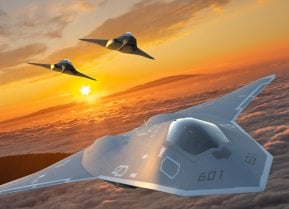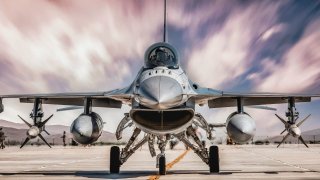Fighter Battle: Can Ukraine's F-16s Defeat Russia’s Su-35 and Su-57?
Following Ukraine's acquisition of U.S.-made F-16 Fighting Falcons, Russia's state-owned arms company, Rostec, declared that these jets would be "destroyed," dismissing them as inferior to Russia's Su-35S and Su-57 fighters.
Summary and Key Points: Following Ukraine's acquisition of U.S.-made F-16 Fighting Falcons, Russia's state-owned arms company, Rostec, declared that these jets would be "destroyed," dismissing them as inferior to Russia's Su-35S and Su-57 fighters.
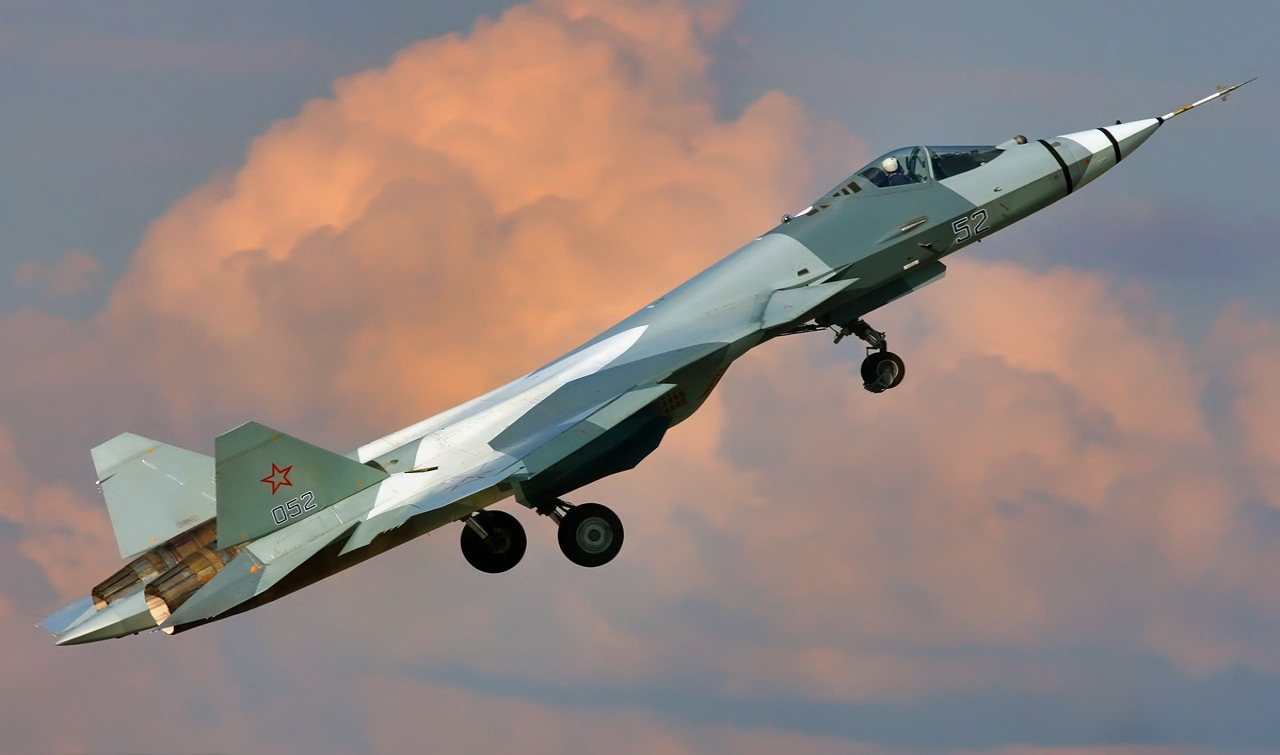
-Despite these bold claims, the F-16s still pose a significant threat with advanced missile capabilities. However, it remains unlikely that Russia will risk direct air combat, particularly involving the Su-57, due to the potential for propaganda setbacks.
-The F-16s are expected to be used primarily for defensive roles against missiles and drones.
Russia State Arms Company Said F-16s Will be Destroyed
Just a day after Ukrainian President Volodymyr Zelensky poised with a pair of U.S.-made F-16 Fighting Falcons at an undisclosed location, Russia's state-owned military-industrial conglomerate Rostec issued a bold proclamation that the jets would be "destroyed."
On Monday, Rostec officials told state media outlet Tass that the F-16s aren't up to the task as the all-weather multirole fighters aren't as advanced as the fighters in service with the Russian Aerospace Forces. Still, the report warned that the F-16s shouldn't be taken entirely for granted.
"If you look at the specifications of the US-made aircraft, the conclusion is unambiguous: It is not a rival to the Su-35S, much less the Su-57. In a head-on air combat, our jets are superior to the US fighter jets. The F-16 is not the newest jet, but this is no reason to rejoice and relax. The jet can carry advanced missile systems and can cause a lot of problems. Nevertheless, they, as the rest of Western equipment, will face the same end: destruction," the state-owned corporation said.
Parroting Putin on F-16 Fighters
Russian President Vladimir Putin has been even more dismissive of the Fighting Falcons, previously stating that the aircraft wouldn't change the situation on the ground, but he also warned that by supplying the F-16s, the West is prolonging the conflict.
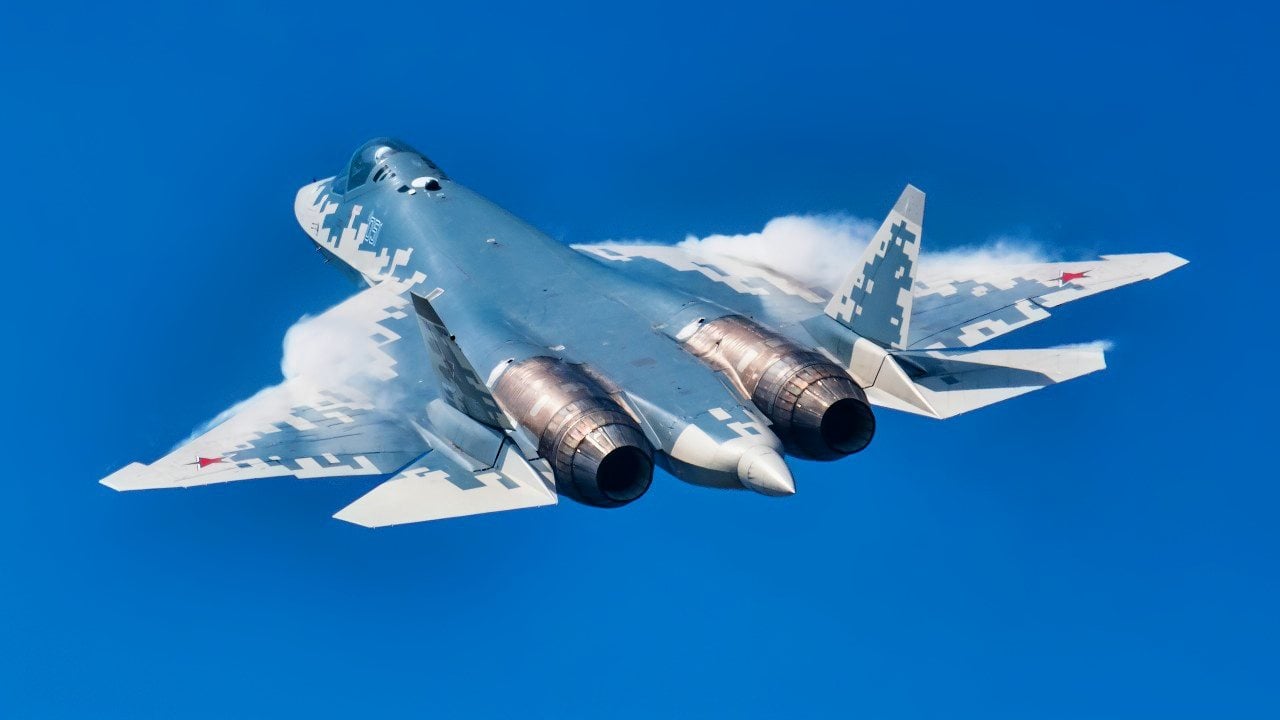
"If they supply F-16s, and they are talking about this and are training pilots, this will not change the situation on the battlefield," Putin said in March as Ukrainian pilots were being trained on the Fighting Falcon.
Though U.S. and other Western pilots typically train on the F-16 for years, Kyiv's aviators have been given a crash course lasting several months.
Can We Expect "Head-on Air Combat"
The claims from Rostec are also noteworthy as the Sukhoi Su-57 (NATO reporting name Felon), which received so much type has largely been absent from the skies over Ukraine. Its combat operations have been rather limited, and it is reported to have only operated from within Russian airspace launching missiles into Ukrainian-held territory.
It would seem highly unlikely that the Kremlin would send any Su-57s up against the Fighting Falcon, even if the general consensus would be that the Russian fighter maintains an edge. As a fifth-generation fighter with stealth capabilities, the Su-57 would be more than a match for the F-16.
Yet, Russia will likely remain cautious about how it engages the U.S.-made fighters. While shooting one down would certainly be a huge propaganda coup for Moscow, it likely won't want to risk an even greater embarrassment should an F-16 shoot down a Su-57.
The same may even hold true for the Su-35 (NATO reporting name Flanker-E/M), an improved variant of the Su-27 air superiority fighter. Already, Moscow has seen around half a dozen of its 120 Su-35s lost in the ongoing war in Ukraine, most from ground-based air defense systems.
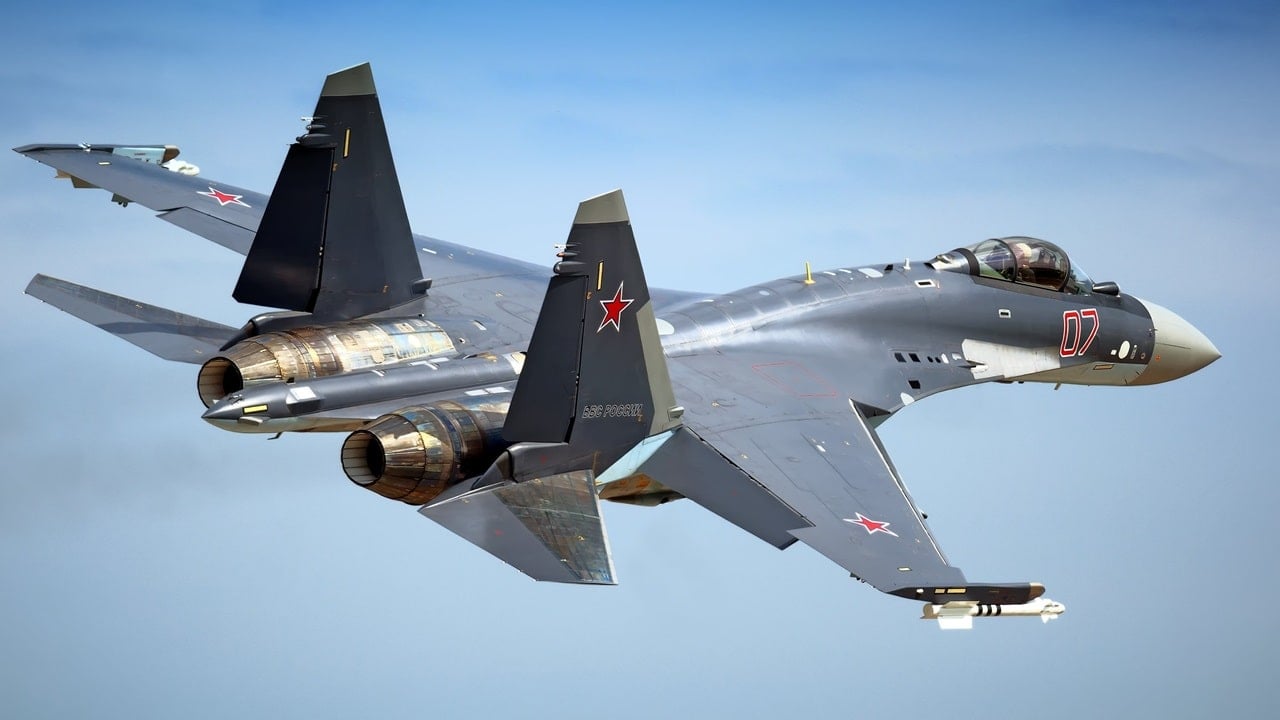
There has been little "dogfighting" or even air-to-air beyond visual range engagement between Russian and Ukrainian fighters, and it remains questionable whether Moscow's pilots are really any better than Kyiv's. Still, Ukraine will no more want to risk its F-16s than Russia wants to risk its Su-57s.
Instead, the F-16s will likely be employed in the short term to counter the Kremlin's missiles and drones. Any close air support (CAS) or ground strikes probably won't happen for some time.
It may be up to Russia to risk proving its aircraft – and as importantly its pilots – are truly better than the F-16 Fighting Falcons flown by Ukrainian aviators. But that almost certainly won't happen.
Author Experience and Expertise: Peter Suciu
Peter Suciu is a Michigan-based writer. He has contributed to more than four dozen magazines, newspapers, and websites with over 3,200 published pieces over a twenty-year career in journalism. He regularly writes about military hardware, firearms history, cybersecurity, politics, and international affairs. Peter is also a Contributing Writer for Forbes and Clearance Jobs. You can follow him on Twitter: @PeterSuciu. You can email the author: [email protected].
Image Credit: Creative Commons and/or Shutterstock.
